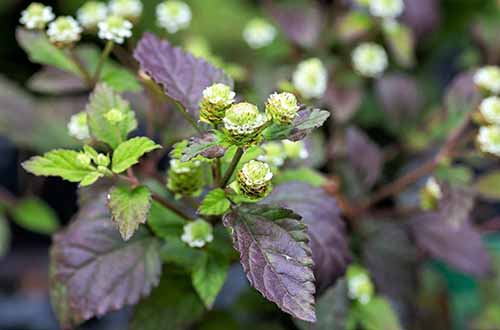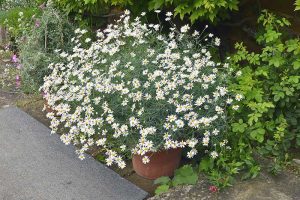Phyla dulcis
If you’re avoiding white sugar but long for that sugary sweetness, there’s an easy-to-grow herb you can cultivate to get your fix.
It’s not a showstopper. This isn’t an herb that can serve double-duty as an ornamental and an edible, and it looks kind of weedy in the garden. But rub a leaf between your fingers, and you’ll understand just how special this plant is.
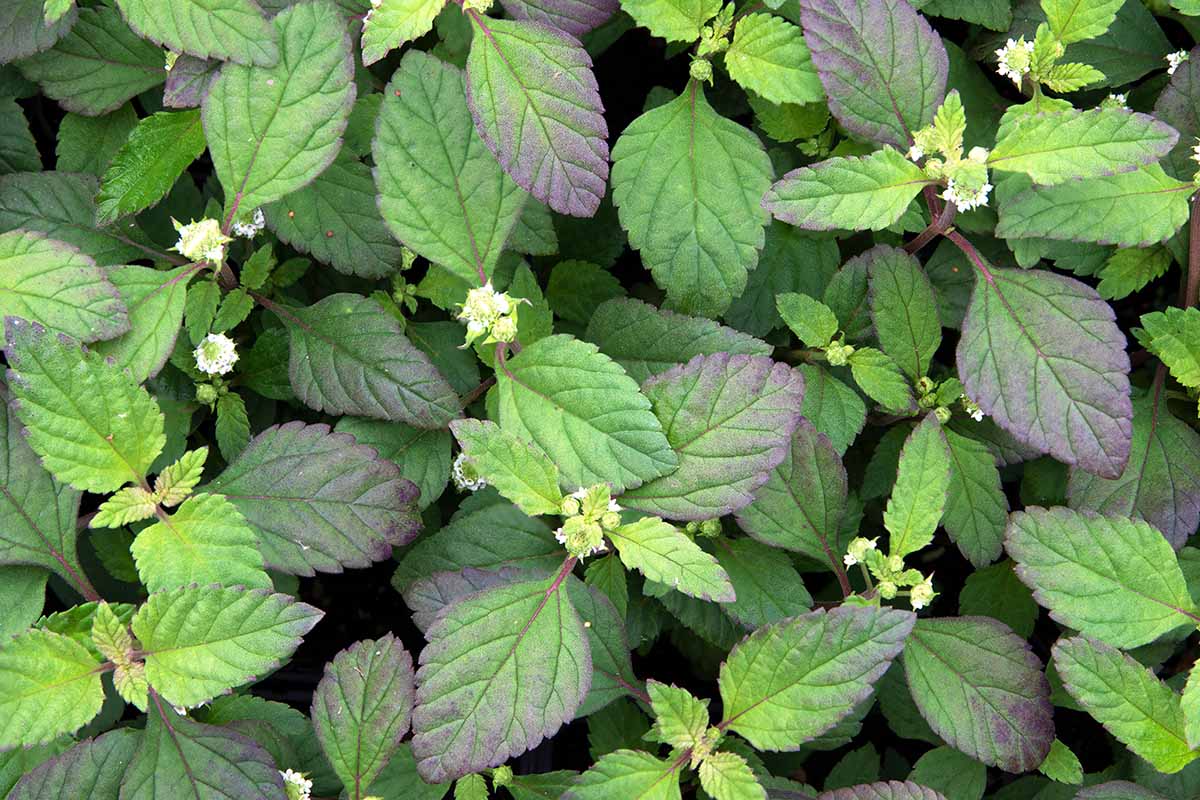
We link to vendors to help you find relevant products. If you buy from one of our links, we may earn a commission.
The deep green, purple-green, or reddish green lanceolate leaves resemble spearmint, but the scent and flavor is totally unique.
Nibble or smell the foliage, and you’ll be treated to an intensely sweet treat with just a hint of camphor to temper the experience.
Aztec sweet herb has long been used to add sweetness to meals, but it’s primarily employed as a medicinal remedy. These days, I think it has massive potential as a kitchen herb for those of us who are avoiding table sugar.
However you intend to use it, you have to figure out how to make it happy in the garden first if you want to produce your own crop. Right?
We’ve got you covered. This guide will make it easy to grow Aztec sweet herb. Here’s what we’ll go over to help make that happen:
What You’ll Learn
Ready for some sugar, spice, and everything nice? Here we go!
What Is Aztec Sweet Herb?
Also known as Aztec sweet herb (sometimes spelled sweetherb), honeyherb, Mayan mint, yerba dulce, bushy lippia, or Mexican lippia, Phyla dulcis (syn. P. scaberrima or Lippia dulcis) is an herbaceous perennial native to the Caribbean Islands, Central America, Colombia, Mexico, and Venezuela.
It was known as Tzopelic Xlhuitl to the Aztecs in the Nahuatl language. The leaves have a naturally sweet flavor that is incredibly intense.
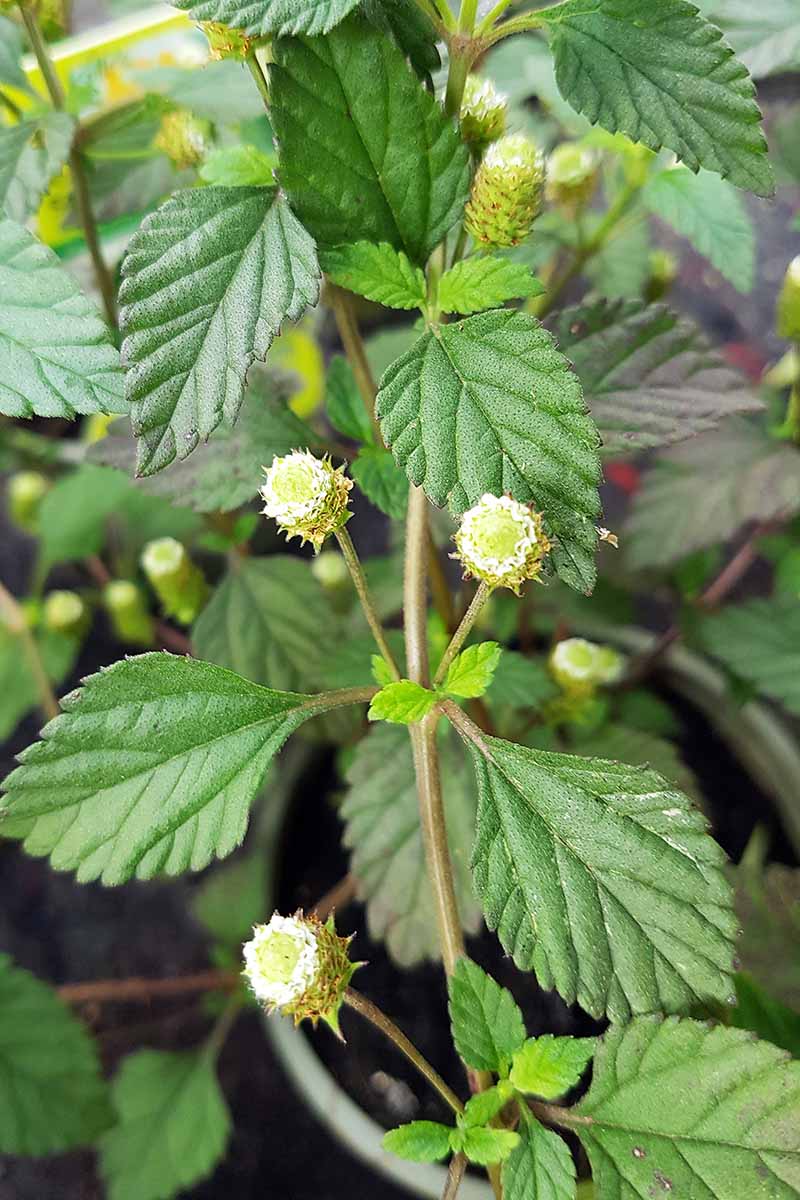
That sweet flavor comes from a sesquiterpene compound known as hernandulcin. To our taste buds, it comes across as 1,000 times more sweet than table sugar.
In addition to the sweetness, it has a slightly minty aftertaste thanks to the camphor and limonene it contains. These compounds also give it a slightly bitter taste, which might be a good thing if you prefer your food to not just be purely sweet.
The plant has deep green, purple-green, or reddish-green lanceolate leaves with toothed margins, and it produces clusters of small, clover-like, white flowers in the spring.
These insect-pollinated, hermaphroditic flowers can last for months. They are edible, along with the leaves and seeds.
Although it looks a bit like spearmint and sends out runners like mint, the two aren’t related.
This plant is part of the Verbenaceae family and related to lemon verbena (Aloysia triphylla) and vervains (Verbena spp.).
A Note of Caution
Note that consuming too much camphor can be dangerous, particularly for kids.
The compound is potentially toxic, and the volatile oil in Aztec sweet herb is about 50 percent camphor. Use this herb sparingly.
Sweetherb can tolerate a brief frost, but anything below 30°F will kill it. That means it’s hardy to USDA Growing Zone 9b, or you can grow it as an annual in other regions.
If it’s exposed to temperatures below about 50°F, the leaves will turn red, but the plant will recover and send out new green growth with the return of warm weather.
In full sun, the leaves can be brownish or purple.
Cultivation and History
As its chief common name suggests, this plant was used by the Aztec people in Central America as both food and medicine.
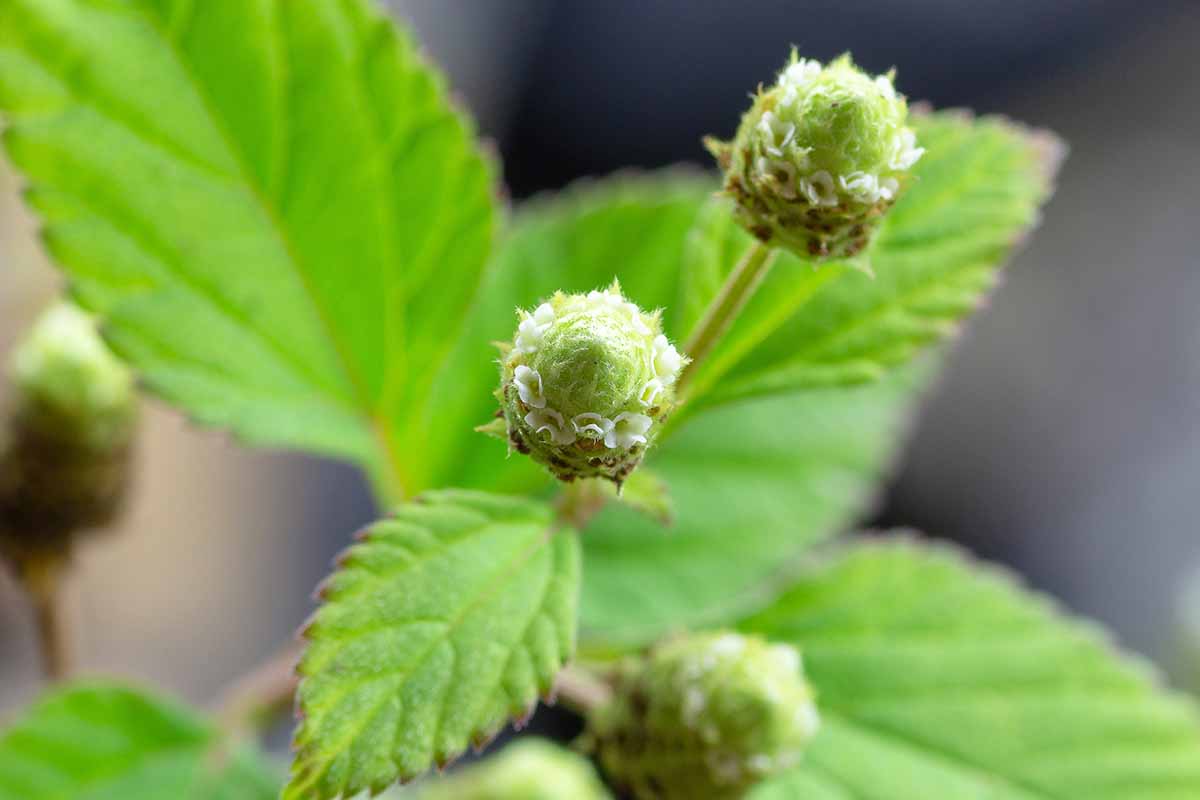
Modern records indicate the herb was used in the late 1800s in Mexico as a commercial drug to treat coughs and bronchitis.
It continues to be used medicinally in Mexico, but its purported health benefits have been broadened to include varied uses, as an abortifacient and to treat hypertension, for example.
There is little evidence Mexicans historically used this herb as a food. This may in part be because the availability of purely sweet flavors like what you find in refined sugar is generally a modern invention.
Imagine if you’d never had pure sugar before and you bit into an herb that is 1,000 times sweeter than that – the experience would probably be unpleasant.
On top of that, there is the slight bitterness, which many people can’t tolerate.
Researchers have looked for ways to use this plant as a sweetener in the same vein as stevia, but they can’t figure out how to remove the undercurrent of bitterness and potential toxicity from the camphor.
Aztec Sweet Herb Propagation
There are lots of ways to make more Mexican lippia. From sowing seeds to layering, it’s an easy plant to propagate.
For most of us, starting seeds is the easiest way to get going because seeds can be found readily online. But you have lots more options if you have access to a plant.
Whichever method you choose, the plants should be placed about a foot apart, though they will spread and connect all on their own even if you put them further apart.
From Seed
Once you open that packet of seeds, don’t sneeze or get too close to a window. Don’t even blink too aggressively! The seeds are tiny and they can blow away in the slightest breeze.
Sprinkle the seeds on the surface of a seed-starting or potting medium and gently press them in place with dry hands. The seeds need light to germinate, so don’t bury them.
Set the seed tray on a heating mat. The soil should be kept above 70°F for the seeds to germinate.
The seeds should germinate in a few weeks, but this tends to be sporadic, so some might pop up in a few weeks and then others will emerge a few weeks after that. Thin the seedlings to about six inches apart.
From Cuttings
Most of us don’t have access to wild plants or friends who are already growing this herb, but if you do, you can take cuttings.
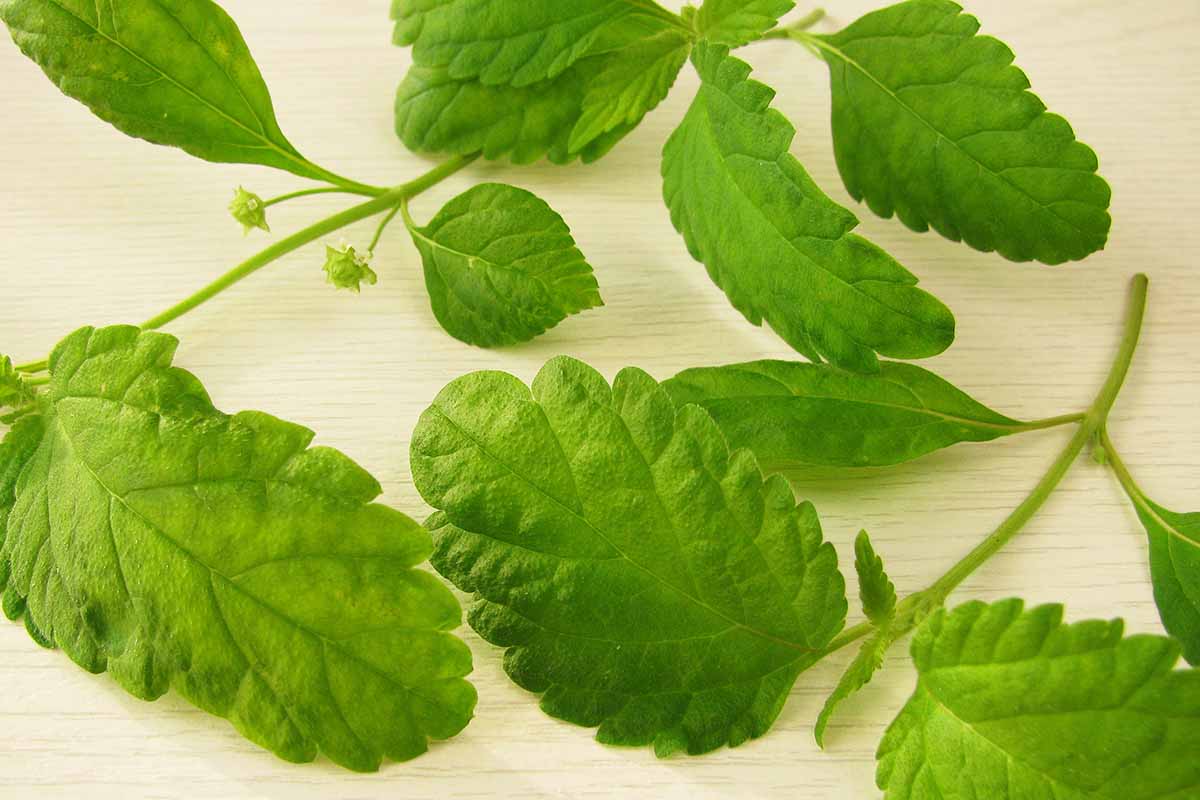
Look for a healthy stem with lots of robust leaves. Clip a six-inch section right above a leaf pair. Strip off all of the leaves except for the top two.
Insert the cut stem into a cup of water so about half is submerged. Keep the cutting in direct morning light and bright, indirect light for the rest of the day. Change the water every few days to curb the development of pathogens.
Once you see lots of roots developing, transplant as you would a seedling.
By Division
The multiple stems and extensive roots of this plant make it a breeze to divide.
You don’t need to dig up the entire thing. Just take a spade and stick it vertically into the center of the plant. Then, keep digging in a circle until you have the size of division you want.
It doesn’t matter how large or small you go. So long as there are some roots and a stem or two, a new plant will form.
Gently leverage the cutting out of the ground and transplant it in a new spot as you would a seedling.
By Layering
If you’ve ever layered mint, then you already know how this works. It’s my favorite propagation method and probably the easiest. This plant will root readily wherever a node makes contact with the soil.
Leaving it attached to the parent plant, take a stem and strip the leaves out of the center, creating a bare spot that is about four inches long.
Lay this on the ground, and bury an inch or two of the bare area. Weigh it down with some wire or a rock, if necessary.
After a month or so, remove the weight and gently dig a few inches under the area that you buried. Carefully lift it up. If you see roots, snip the branch away from the parent plant just beyond the newly developed roots, in between the main plant and the newly rooted area.
Transplant this new plant as you would a seedling.
Transplanting
Rarely, if you’re lucky or you live in the right area, you might come across seedlings for purchase. Or, you can start your own seedlings as described above. Other rooted propagules can be transplanted in this way as well.
To plant a seedling or rooted cutting, dig a hole that is twice as wide and the same depth as the root ball. If you have really hard, poorly draining soil, dig down a foot or so deep and wide.
Mix the removed soil with equal parts well-rotted compost. Fill the hole back in, leaving just enough room for the root ball.
Remove the new plant from its growing container, if necessary, and gently set it in the hole.
Firm the soil up around the roots and water well. If the soil settles, add a bit more.
How to Grow Aztec Sweet Herb
Planting is the hardest part of growing sweet Aztec herb. It tolerates a wide range of soils, with a pH anywhere between 6.0 and 8.0. It can tolerate some clay and some sand, though it needs good drainage.
If your soil doesn’t have good drainage, be sure to work in lots of well-rotted compost down at least a foot to help improve it. Or grow this plant in a rock garden, raised bed, or in containers.
You can use any standard potting mix. I’m a fan of FoxFarm’s Ocean Floor potting mix, which has all kinds of goodies like bat guano, forest humus, sphagnum moss, and fish meal.

FoxFarm Ocean Floor Potting Mix
Pick up 12 quarts at Amazon.
Once you have it in the ground, allow the soil to nearly dry out completely before you water again.
If you stick your finger in the soil, it should be dry to the bottom of the root system before watering. When you water, make sure it’s deep and long, not a shallow watering.
That said, in the wild, this plant can be found growing in moist areas, so it can tolerate quite a bit of moisture without problems. Soggy roots, however, are a no-go.
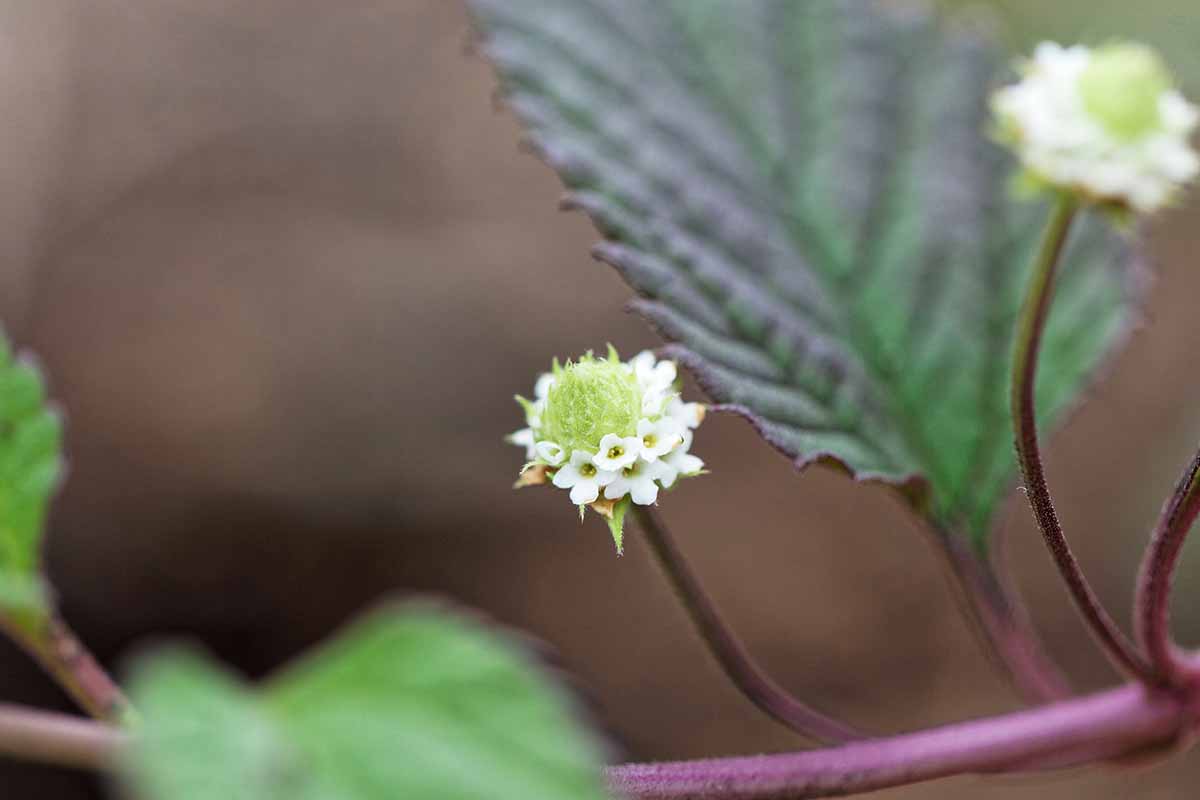
The other thing this plant needs is full sun. Yes, it will survive in partial sun or even partial shade, but it will be straggly and will gradually creep towards the sun.
Other than that, you can just let it do its thing. No need to feed it or fuss with it.
In fact, this plant is so easy to grow that it might be too easy. You may want to consider growing yours in a container to keep it from spreading too far and wide.
Choosing a hanging basket or letting the stems trail down the sides of another type of container will make for a pretty display.
Or you can sink a container into the ground to limit the spread of the roots.
Remember, though: this plant can also put down roots wherever a node touches the ground.
Growing Tips
- Plant in full sun.
- Work in well-rotted compost to improve soil drainage.
- Allow the soil to almost dry out completely between watering.
Maintenance
There’s nothing to do to maintain this plant except remove any dead, broken, or dying branches.
You can also give it a serious haircut if you want to manage its size or spread. If there’s a limit to how much you can cut back without harming the plant, I haven’t found it.
If you want to create bushier growth, pinch the plant regularly as it’s growing to encourage branching.
Where to Buy Aztec Sweet Herb
Aztec sweet herb is definitely one of those plants that needs a better public relations strategy.
It’s not difficult to grow and it has many uses, so it should be more widely available, in my humble opinion.
If you stumble on it at a nursery or gardening store, consider yourself lucky.
Most of us will have to go hunting online.
You can find packets of 100 seeds available from Seedville via Walmart.
Managing Pests and Disease
Honeyherb is more likely to become a pest itself by spreading too quickly rather than being attacked by insect pests. Likewise, diseases are rare, but fungal issues aren’t unheard of.
Let’s start with the one insect you’ll need to be on the lookout for…
Aphids
Most pests aren’t really a problem with lippia. But aphids must have a sweet tooth, because they’ll go for this plant if they find it in the garden. It doesn’t seem to be their favorite snack, but they won’t skip it altogether.
Even when they do come, fortunately they don’t do much damage. They’ll use their sucking mouthparts to suck the sap out of the leaves and stems, turning the leaves a speckled yellow.
If you spot aphids, they’re easy enough to control. Just spray the plant with a steady stream of water to knock them loose.
Do this once a week, and it’s likely that the aphids will leave to find greener pastures. If not, visit our guide to aphids for more information on controlling this common garden pest.
Disease
There are few plants out there that aren’t at least somewhat susceptible to fungal problems. With sweet Aztec herb, the main culprit is powdery mildew.
Caused by the fungus Podosphaera xanthii, this pathogen will attack most of the plants in the Verbenaceae family.
As the name suggests, it results in a powdery coating on the surface of the leaves and sometimes the stems.
If you see this, there are lots of options to treat it, from milk (yes, milk!) and potassium bicarbonate to copper or sulfur fungicides. Read more in our guide to powdery mildew.
Harvesting
Plants mature in about four months. At that point, you can harvest leaves whenever you want.
Pinch them off or use scissors to trim them. You can also take off entire stems, if you prefer.
Preserving
You can dry both the leaves and the flowers. Either hang them in small bunches or dry them in a dehydrator.
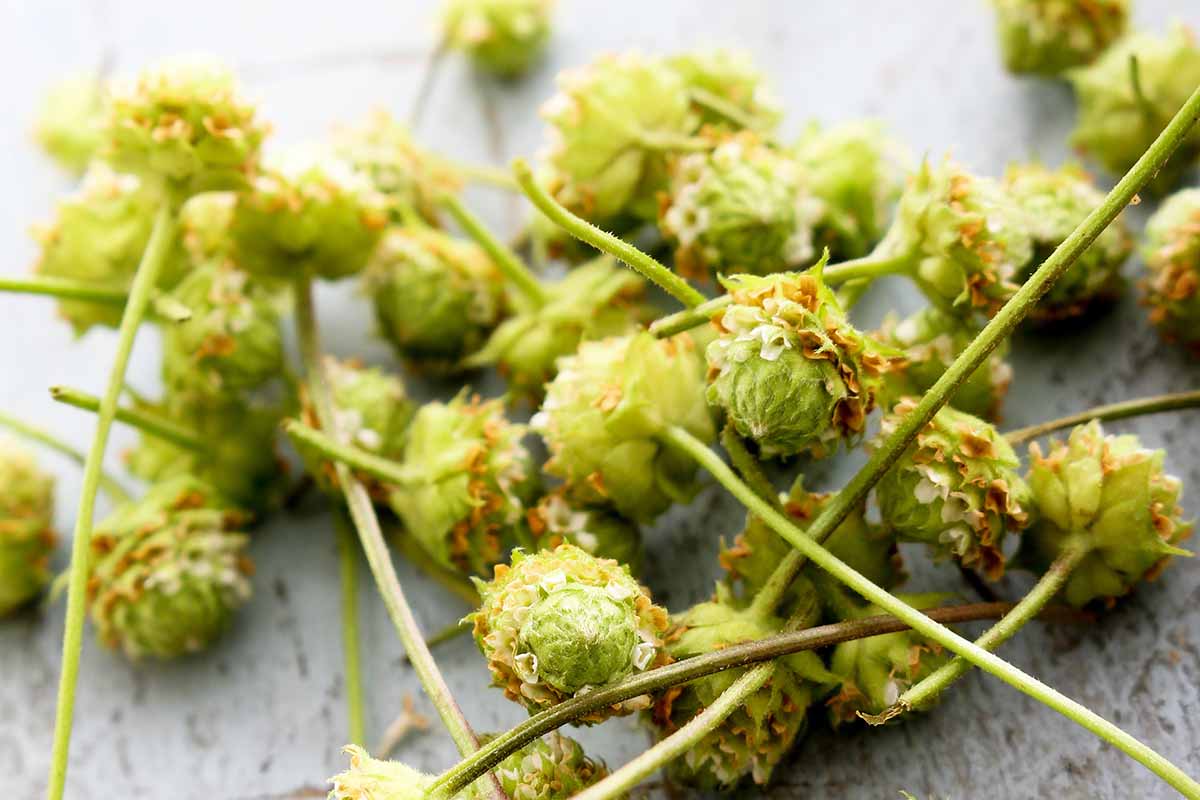
You can also freeze the leaves. Wash them, dry them, and place them on a cookie sheet in a single layer. Place it in the freezer.
Once they’re frozen solid, transfer them to a resealable container and keep this in the freezer.
Recipes and Cooking Ideas
Remember, less is more with this plant. However you opt to use it, don’t use more than a few leaves or flowers at a time.
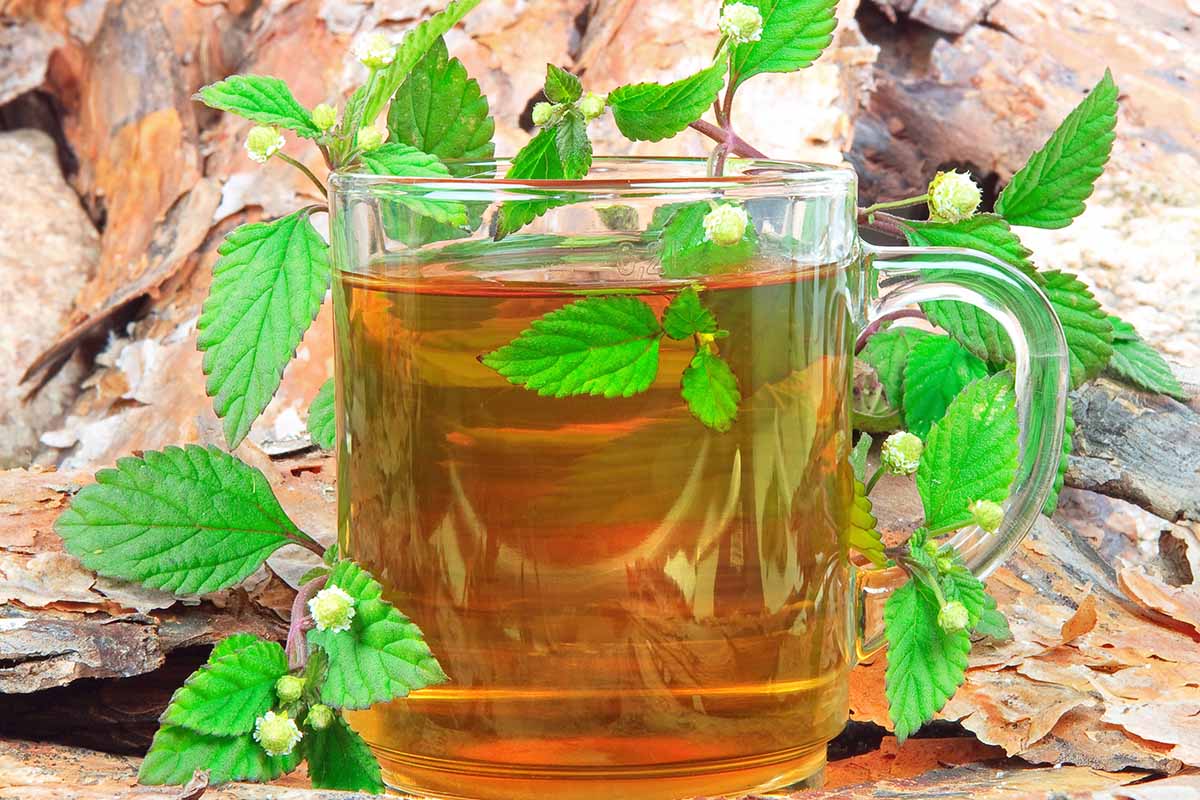
Stick a leaf or flower – or two – in with your favorite tea for a little extra sweetness.
I’ve heard people love to chop up a few leaves and toss them into a green salad, but I don’t personally find that appealing.
The woody, menthol flavor of the camphor just doesn’t blend well with most salads and dressings in my opinion.
However, I think it’s amazing chopped and sprinkled on watermelon salad, berry pie, or ice cream.
Imagine how a little lippia would amp up this fruit salad yogurt parfait from our sister site, Foodal.
Quick Reference Growing Guide
| Plant Type: | Tender herbaceous perennial evergreen | Growth Rate: | Fast |
| Native To: | Mexico and Central America | Water Needs: | Low |
| Hardiness (USDA Zone): | 9b-12b | Tolerance: | Some drought |
| Season: | Flowers in spring/summer | Maintenance: | Low |
| Exposure: | Full sun | Soil Type: | Loose, rich |
| Time to Maturity: | 4 months | Soil pH: | 6.0-8.0 |
| Spacing: | 12 inches | Soil Drainage: | Well-draining |
| Planting Depth: | Surface sow (seeds), bury root ball (transplants) | Companion Planting: | Brassicas, marigolds, nightshades |
| Height: | 12 inches | Family: | Verbenaceae |
| Spread: | 36 inches | Genus: | Phyla |
| Common Pests and Diseases: | Aphids; powdery mildew | Species: | Dulcis |
Oh So Sweet
Honeyherb is like nothing else. Easy to grow, abundant, generally problem-free, and so incredibly sweet that it’s at least twice as sweet as stevia, this plant holds a unique spot in the garden.

The biggest challenge is that it grows so abundantly that you may find it hard to use it all up, especially since you can’t eat too much in one sitting. But that’s not really a bad problem to have, right?
How do you intend to use up your harvest? Give us the details in the comments section below.
Are you looking for some other herbs to add to your garden? If so, we have a few other guides that you might find useful. Here’s a small selection worth checking out:

